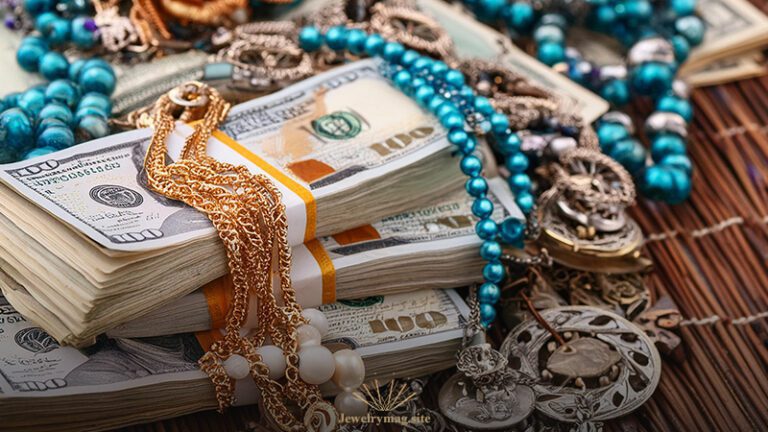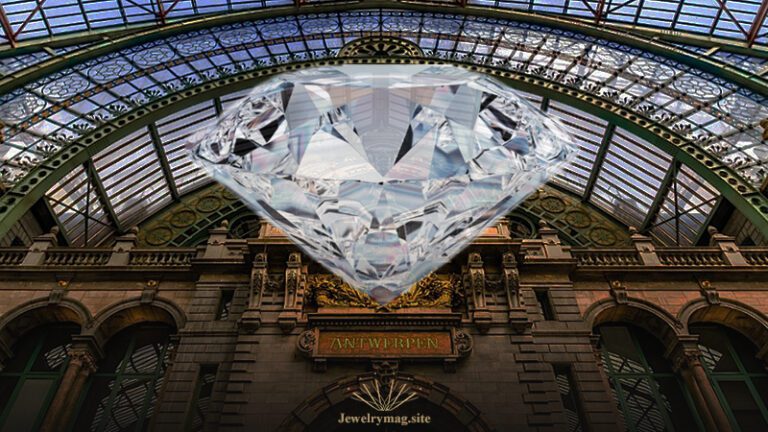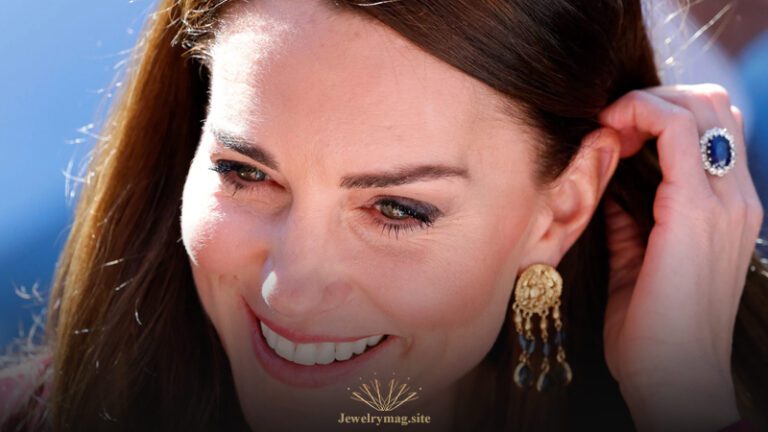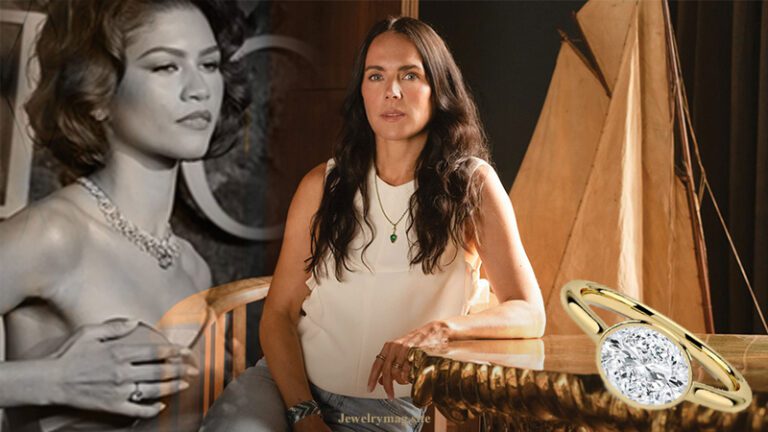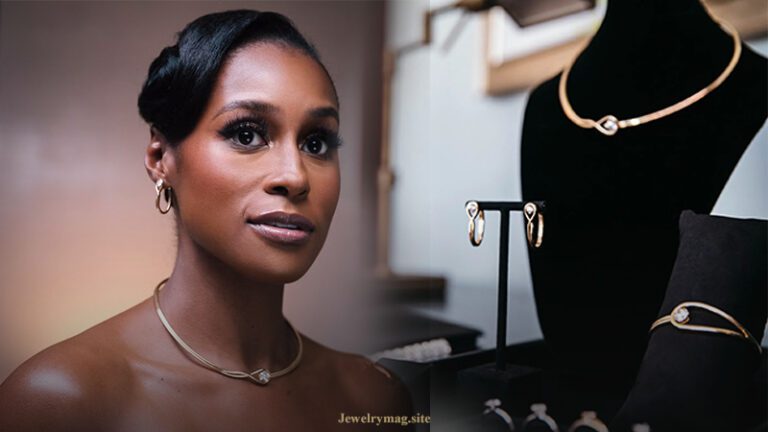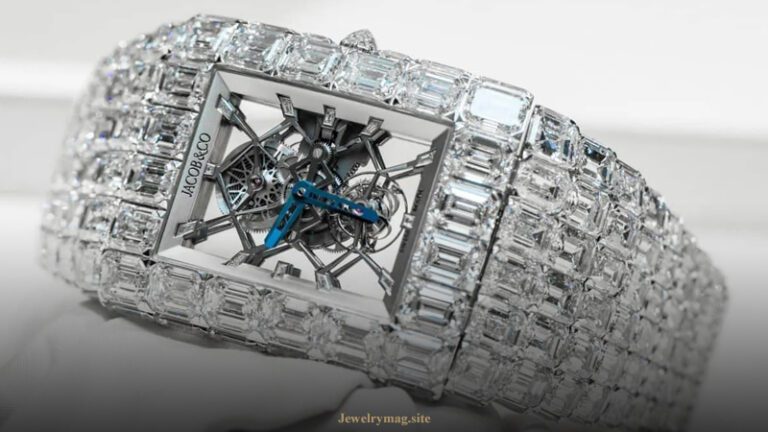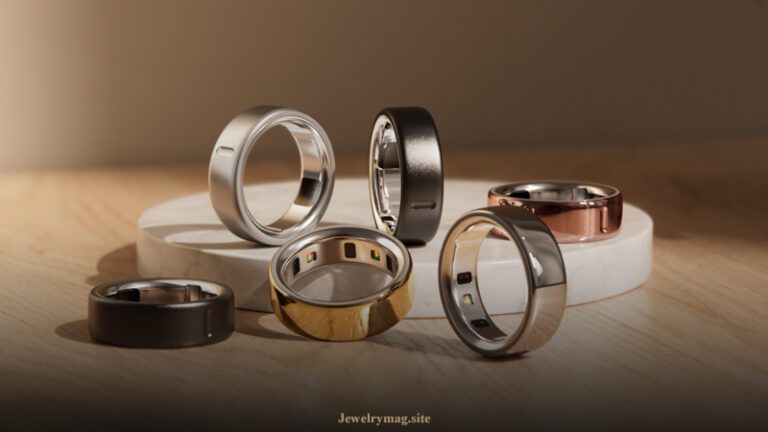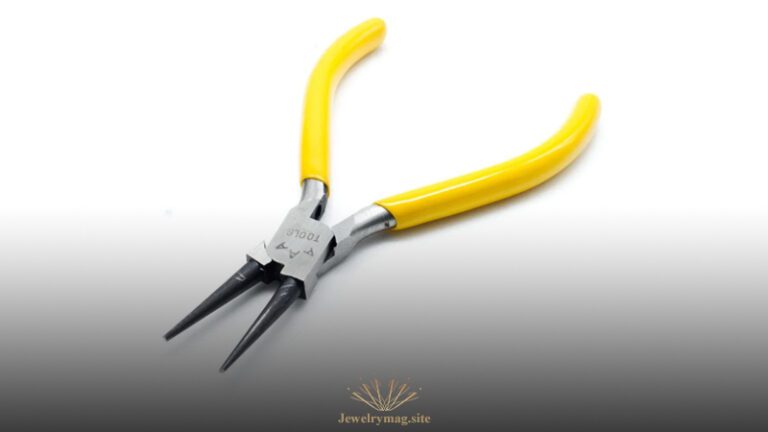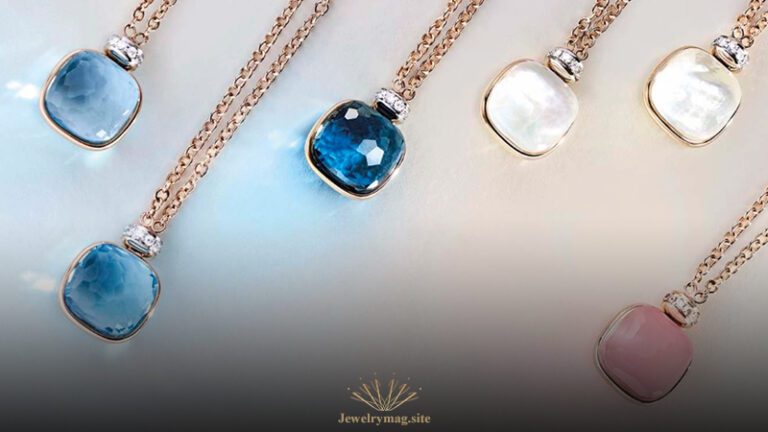Jewelry design is an art that combines creativity, craftsmanship, and a keen sense of style. This profession not only offers a platform to showcase one’s artistic talents but also provides a lucrative career path.
However, one of the most frequently asked questions by aspiring jewelry designers is about potential earnings. most of questions are: how much is a jewellery designer salary? how much is a gold jewellery designer salary? how much is a 3d jewelry designer salary? how much money can you make as a jewelry designer? and so much similar questions…
In this comprehensive guide, we will explore the jewelry designers salary, factors influencing income, and tips for maximizing earnings in this vibrant industry.
Understanding Jewelry Designer Salary
Average Jewelry Designer Salary
A Jewelry designer salary can vary widely based on several factors, including experience, location, and the type of employer. According to data from various industry sources, the average salary for a jewelry designer in the United States ranges from $40,000 to $60,000 per year. Entry-level designers may start with salaries as low as $30,000 annually, while seasoned professionals and those with a strong reputation can earn upwards of $80,000 to $100,000 or more.
According to Glassdoor , The estimated total pay for a Jewelry Designer is $130,656 per year, with an average salary of $89,036 per year. These numbers represent the median, which is the midpoint of the ranges from our proprietary Total Pay Estimate model and based on salaries collected from our users. The estimated additional pay is $41,620 per year. Additional pay could include cash bonus, commission, tips, and profit sharing.
Factors Influencing Jewelry Designer Salary
1. Experience and Skill Level for increasing Jewelry Designer Salary
Experience is a significant determinant of salary in the jewelry design field. Novice designers who are just starting may not command high salaries initially, but as they gain experience and hone their skills, their earning potential increases. Additionally, designers with a unique skill set or specialized training in areas such as gemstone setting or CAD (Computer-Aided Design) may attract higher pay.
2. Location
Geographical location plays a crucial role in determining salary levels. Designers working in major fashion capitals like New York, Los Angeles, or Paris tend to earn more than those in smaller cities or rural areas. The cost of living and demand for high-end jewelry in these locations often justify higher salary scales.
3. Type of Employer
The type of employer can also influence a jewelry designer’s salary. Designers working for prestigious brands or luxury retailers typically earn more than those employed by small, independent jewelers. Freelance designers or those running their own businesses have the potential to earn significantly more, depending on their client base and market reach.
4. Education and Training
Formal education and training can enhance a jewelry designer’s prospects. Graduates from renowned jewelry design schools or those with certifications from recognized institutions often find it easier to secure higher-paying jobs. Continuous professional development and staying updated with the latest design trends and technologies also contribute to better salary prospects.
Job Roles and Specializations
The jewelry design industry offers a range of roles and specializations, each with its own earning potential. Here are some common job titles and their respective salary ranges:
1. Bench Jeweler
A bench jeweler is skilled in the hands-on creation and repair of jewelry pieces. Their work involves tasks like soldering, stone setting, and polishing. Bench jewelers can expect to earn between $35,000 and $55,000 annually, with experienced professionals earning up to $70,000 or more.
2. CAD Designer
Computer-Aided Design (CAD) has revolutionized the jewelry design process. CAD designers use software to create detailed 3D models of jewelry pieces. This specialization often commands higher salaries, ranging from $50,000 to $80,000, depending on expertise and demand.
3. Gemologist
Gemologists specialize in identifying, grading, and appraising gemstones. While not exclusively jewelry designers, their skills are highly valued in the industry. Gemologists typically earn between $45,000 and $75,000 per year.
4. Jewelry Design Instructor
Experienced designers who transition into teaching can also earn substantial incomes. Jewelry design instructors at reputable institutions or private studios can make between $50,000 and $90,000 annually, depending on their reputation and the courses they offer.
Maximizing Earnings as a Jewelry Designer
1. Build a Strong Portfolio
A compelling portfolio showcasing your best work is essential. It demonstrates your skills, creativity, and versatility to potential employers or clients. Regularly update your portfolio with new designs and completed projects to reflect your growth and capabilities.
2. Network and Collaborate
Networking within the industry can open doors to new opportunities and collaborations. Attend industry events, trade shows, and exhibitions to connect with other designers, potential clients, and employers. Building a strong professional network can lead to higher-paying projects and job offers.
3. Leverage Social Media
In today’s digital age, having a robust online presence is crucial. Utilize social media platforms like Instagram, Pinterest, and LinkedIn to showcase your work, engage with a broader audience, and attract potential clients. A strong online following can also lead to collaborations with influencers and brands, boosting your income.
4. Continuous Learning
The jewelry design industry is constantly evolving, with new trends, technologies, and materials emerging regularly. Invest in continuous learning through workshops, online courses, and certifications to stay ahead of the curve. Mastery of new techniques and tools can make you more valuable and increase your earning potential.
5. Offer Custom Design Services
Custom jewelry design services cater to clients looking for unique, personalized pieces. Offering bespoke services can significantly enhance your earnings, as clients are often willing to pay a premium for custom designs. Building a reputation for high-quality, custom-made jewelry can lead to repeat business and referrals.
6. Expand Your Market
Consider expanding your market reach by selling your designs online. Platforms like Etsy, Amazon Handmade, and your own e-commerce website can help you reach a global audience. Additionally, partnering with established retailers and boutiques can provide further exposure and sales opportunities.
7. Seek High-Profile Clients
Working with high-profile clients or celebrities can elevate your brand and open doors to lucrative opportunities. While breaking into this market can be challenging, the rewards can be substantial. High-profile clients often have larger budgets and can provide significant exposure through word-of-mouth and media coverage.
8. Diversify Your Skill Set
Diversifying your skill set can make you more versatile and attractive to employers. Skills such as metalworking, stone setting, and engraving, along with proficiency in CAD software, can set you apart from the competition. The more skills you have, the more opportunities you can pursue, potentially increasing your income.
Future Trends and Their Impact on A Jewelry Designer Salary
1. Sustainable and Ethical Jewelry
The demand for sustainable and ethically sourced jewelry is on the rise. Consumers are becoming more conscious of the environmental and social impact of their purchases. Designers who specialize in sustainable practices and use ethically sourced materials may find themselves in higher demand, with the potential for increased earnings.
2. Technology Integration
Advancements in technology, such as 3D printing and augmented reality (AR), are transforming the jewelry design industry. Designers who embrace these technologies can create innovative designs and streamline production processes. Proficiency in these areas can lead to higher salaries and new business opportunities.
3. Customization and Personalization
The trend towards customization and personalization continues to grow. Consumers are increasingly seeking unique, one-of-a-kind pieces that reflect their individual style. Designers who excel in creating personalized jewelry can command higher prices and enjoy a steady stream of clients.
4. Global Market Expansion
The global market for luxury goods, including jewelry, is expanding. Designers who tap into emerging markets in Asia, the Middle East, and other regions can significantly boost their earnings. Understanding cultural preferences and market trends in these regions is essential for success.
5. Brand Building
Building a strong personal brand can have a significant impact on a jewelry designer’s career. A well-recognized brand can lead to higher sales, more significant collaborations, and better-paying job offers. Investing time and effort in branding and marketing can yield long-term financial benefits.
Conclusion
A Jewelry designer salary is influenced by a variety of factors, including experience, location, type of employer, and specialization. While entry-level positions may start with modest salaries, the potential for growth is substantial.
By building a strong portfolio, networking, leveraging social media, and continuously learning, designers can maximize their earnings and achieve success in this creative and rewarding field.
The future of jewelry design looks promising, with trends like sustainability, technology integration, and customization driving demand. Designers who stay ahead of these trends and adapt to changing consumer preferences can expect to see their careers and salaries flourish.
Whether you are an aspiring designer or a seasoned professional, the opportunities in the jewelry design industry are abundant, offering both creative fulfillment and financial rewards.

